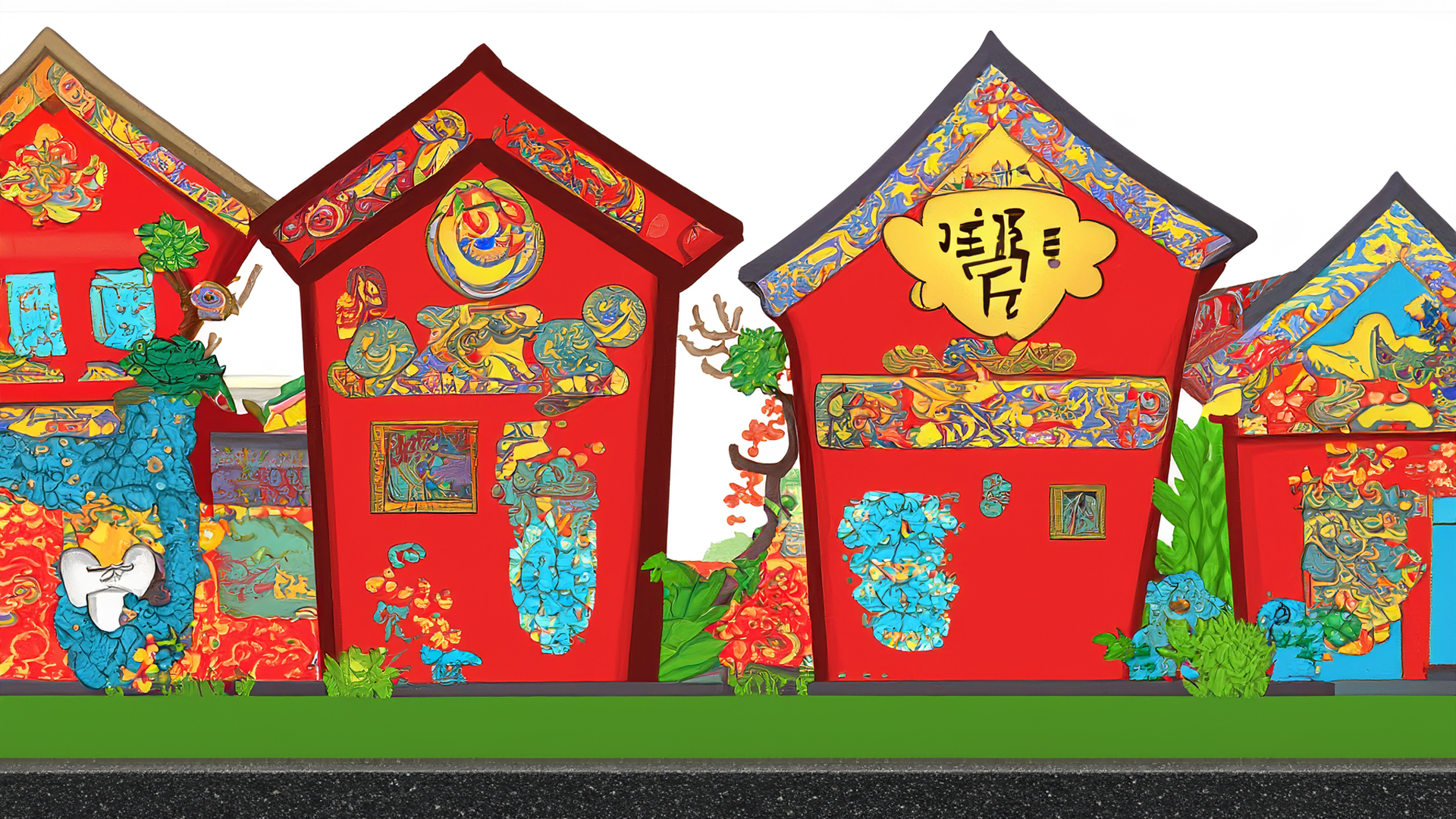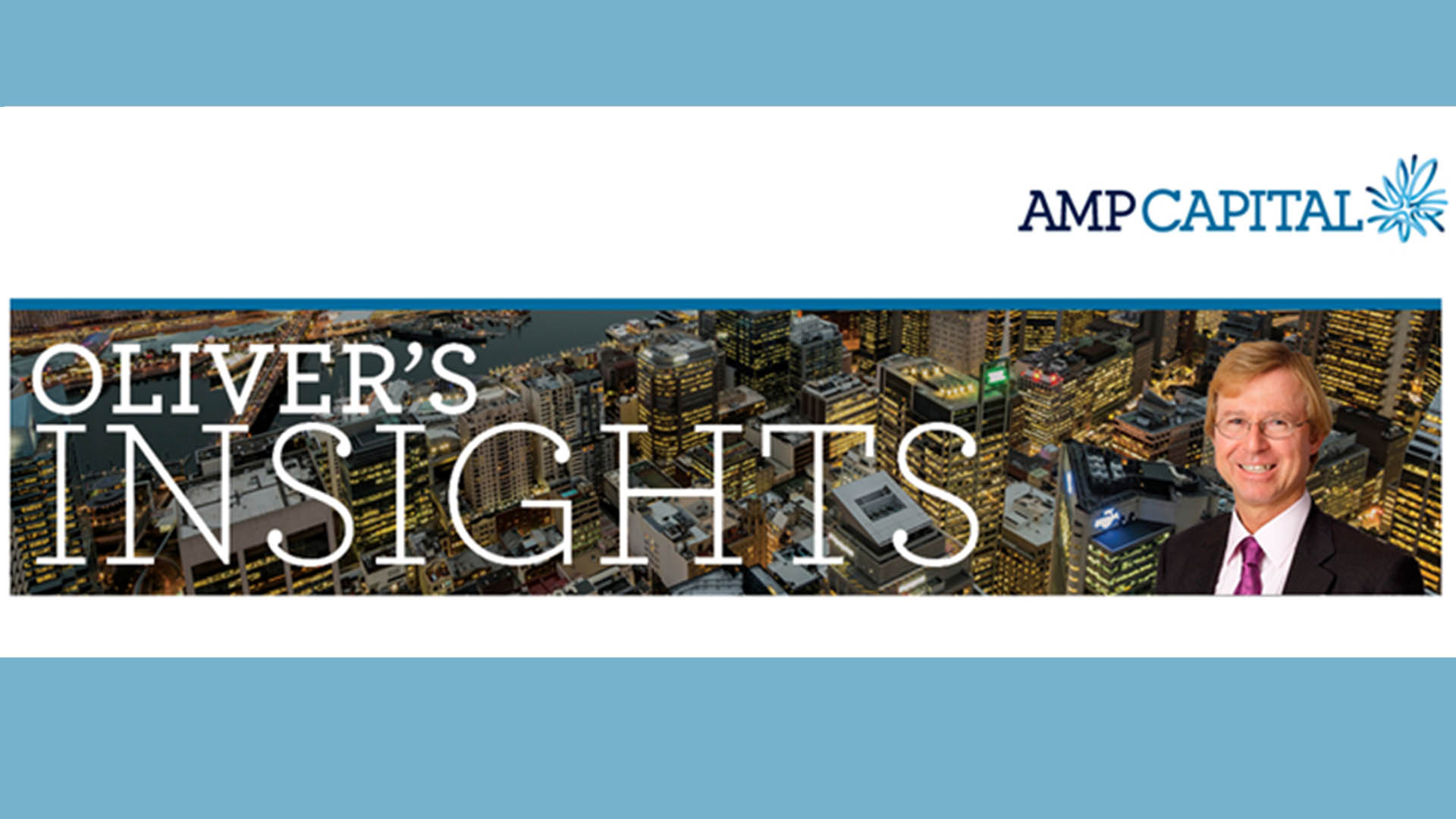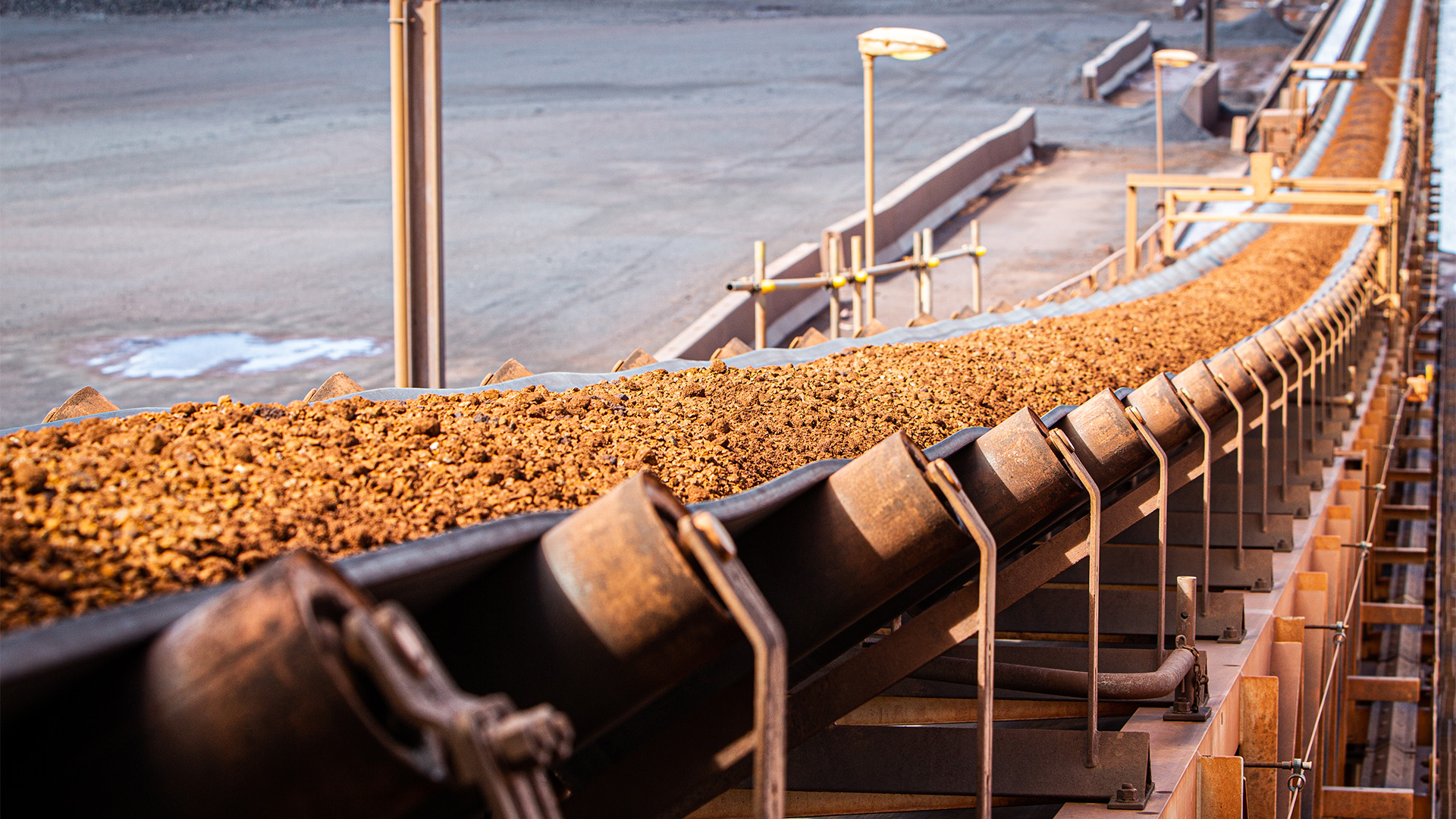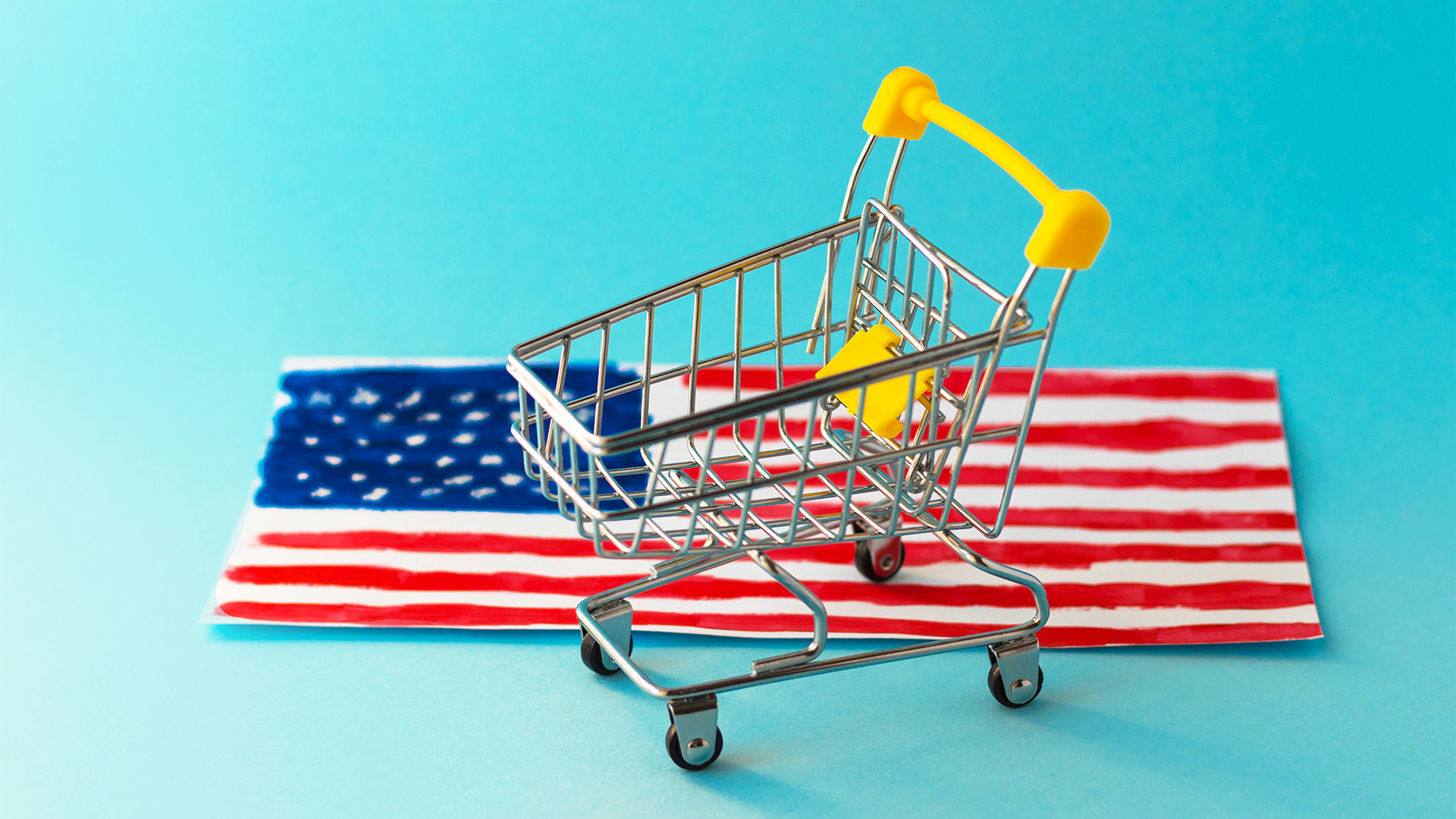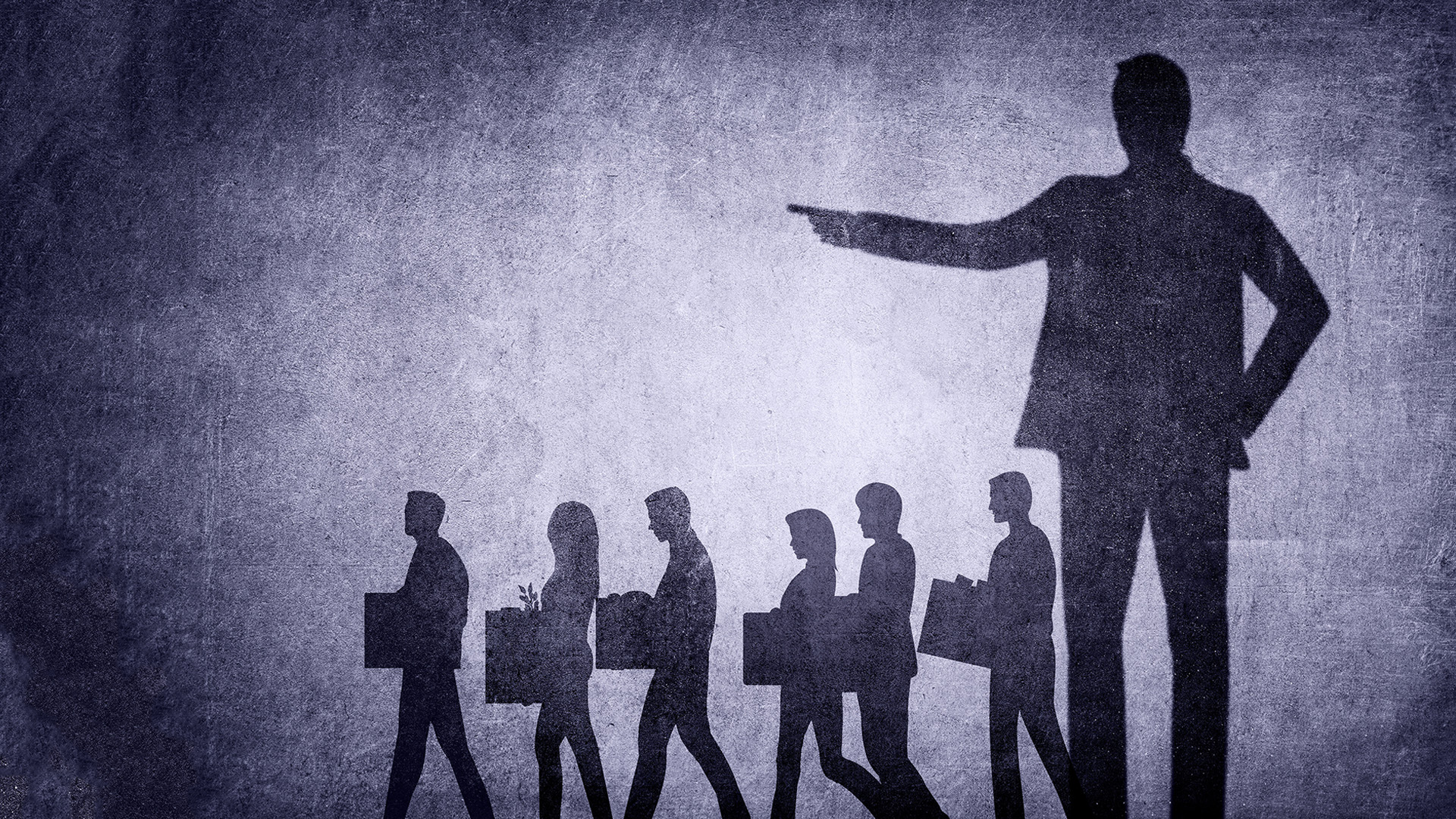June quarter and full financial year quarter national accounts and GDP figures are out next Wednesday and the data will be essentially redundant thanks to the worsening Covid delta outbreaks and lockdowns.
The strong growth that was the tip for the June quarter in early July, especially with the jobless rate falling to 4.9% in June and more than a million jobs filled in the 12 months to the same month. But that has evaporated as retail sales fell in June and the several other key indicators showed signs of a wobble.
National accounts and the GDP data are essentially historical – showing the past. This has been made even clear because of the sharp change in sentiment, expectations and the slump already apparent from the long lockdown in Sydney and the situation in Victoria and now the ACT. There have also been short lockdowns in South Australia, south east Queensland, Darwin and Tasmania since.
Covid and these lockdowns mean the June quarter national accounts and the GDP figures are very ancient history and a measure of what happened, rather than suggesting what is continuing (though at a pace and direction still to become apparent).
While growth is expected to be modestly positive, some economists don’t rule out the chance of a small dip caused by the outbreak of Covid Delta in June hitting household consumption – as we saw with the fall in June’s monthly retail sales.
The gloomiest of all so far is Shane Oliver, the AMP’s chief economist who now sees the economy contracting by 0.1% in the June quarter (leaving annual growth over the 2020-21 financial year at a super strong 8.5%).
Dr Oliver now forecasts a quarter-on-quarter fall of 4% in the current September quarter which would be the second steepest in history after the 7% slump in the June quarter of 2020.
Better than expected business investment figures for the June quarter and 2020-21 on Thursday from the Australian Bureau of Statistics means the June quarter could remain out of contraction, according to Dr Oliver.
“Unfortunately though the rise in business investment may not be enough to avoid a contraction in June quarter GDP for which our forecast is currently -0.1% quarter on quarter or +8.5% year on year.
“While consumer spending, plant and equipment investment and government spending will likely all add to June quarter GDP growth, this looks likely to be offset by falls in (or flat) housing investment and non-residential building (following weakness in construction data for the June quarter) and detractions from growth from inventories and net exports.
“Of course more data to be released early next week on trade, inventories, wages, profits and sales for the quarter could still blow our June quarter GDP estimate around,” Dr Oliver wrote on Thursday.
But the real focus has been the damage done to September quarter growth by Covid and its Delta driven lockdowns.
“… if the June quarter contracts by -0.1% this will mean that with the September quarter almost certain to see a large fall – our forecasts is -4% – the economy will have slipped back into recession.
“Of course, the “recession” concept is less meaningful than usual as its not a normal cyclical recession and the economy should recover more quickly than would occur after a normal recession as reopening will unleash pent up demand even if this is a bit constrained compared to last year as we have to learn to “live with Covid”,” Dr Oliver wrote.
Earlier this week the NAB forecast a fall of 3% quarter on quarter for September quarter GDP. Moody’s though sees the June quarter growing 0.3% from march but didn’t issue an estimate for the September quarter.
Another report this week from the Australian Bureau of Statistics revealed the damage done to jobs by the current lockdowns, especially in Sydney.
It showed the number of people collecting a pay packet across NSW slumped 7% since the start of its lockdown. The report shows the essential falsity of the drop in the jobless rate to 4.6% in July as the participation rate dropped.
The ABS data shows that just in the fortnight to July 31, the number of people on business payrolls fell by 3.7% in NSW. Across the entire nation, there was a 2 per cent drop in payroll numbers.
Greater Sydney was the worst hit region with payroll numbers there slumping by almost 5% in the second half of July. Since the lockdown started in mid-June, payroll numbers in Greater Sydney have tumbled by 9.2%.
But the ABS data shows the impact is national from both the NSW and Victorian lockdowns. The number of people on payrolls in Victoria and Queensland fell by 1.3% in the fortnight to July 31 while they dropped by 2.7% in South Australia.
They fell by 0.9% in the ACT (and will fall further now its in its own hard lockdown), by 0.6% in Tasmania, by 0.2% in Tasmania while they were flat in WA which has isolated itself from the rest of the country.
The bureau’s head of labour statistics, Bjorn Jarvis, said the figures coincided with the increasing of restrictions in NSW, including the pause in construction. It also took in lockdowns in Victoria and South Australia.
Mr Jarvis said hospitality, retail and construction jobs had borne the brunt of the drop in payroll numbers.
“Payroll job losses in the accommodation and food services, retail trade and construction industries accounted for 44.3 per cent of job losses across Australia in the second half of July, and 45.4 per cent in NSW,” he said.
And yet the capex data was the most encouraging it has been for more than 18 months.
It showed that Australian business investment jumped to two-year highs in the June quarter as firms boosted spending plans for the year ahead.
Australian business investment was up a bigger than expected 4.4% in the June quarter, against market expectations for a 2.6% increase. This leaves business investment up 11.5% year on year, although it fell slightly over the last financial year as a whole.
Investment in buildings and structures rose by 4.6% in the quarter and plant and equipment rose by 4.3%. Mining investment rose by 0.4% and non-mining investment rose by 6% with arts and recreation up 21%, other services up 17%, rental, hiring and real estate up 16% and information media up 15%.
More encouragingly investment plans for 2021-22 rose by 12.5% compared to those for 2020-21, with non-mining up an impressive 15.4% compared to 6.5% for mining.
It will be another three months before we see if the current lockdowns hit business investment plans for 2021-22. If the vax rates continue to surge and the 80% double-vaxxed target is quickly reached, then the solid rise should remain substantially unaffected. But a slow rise will hit confidence.




